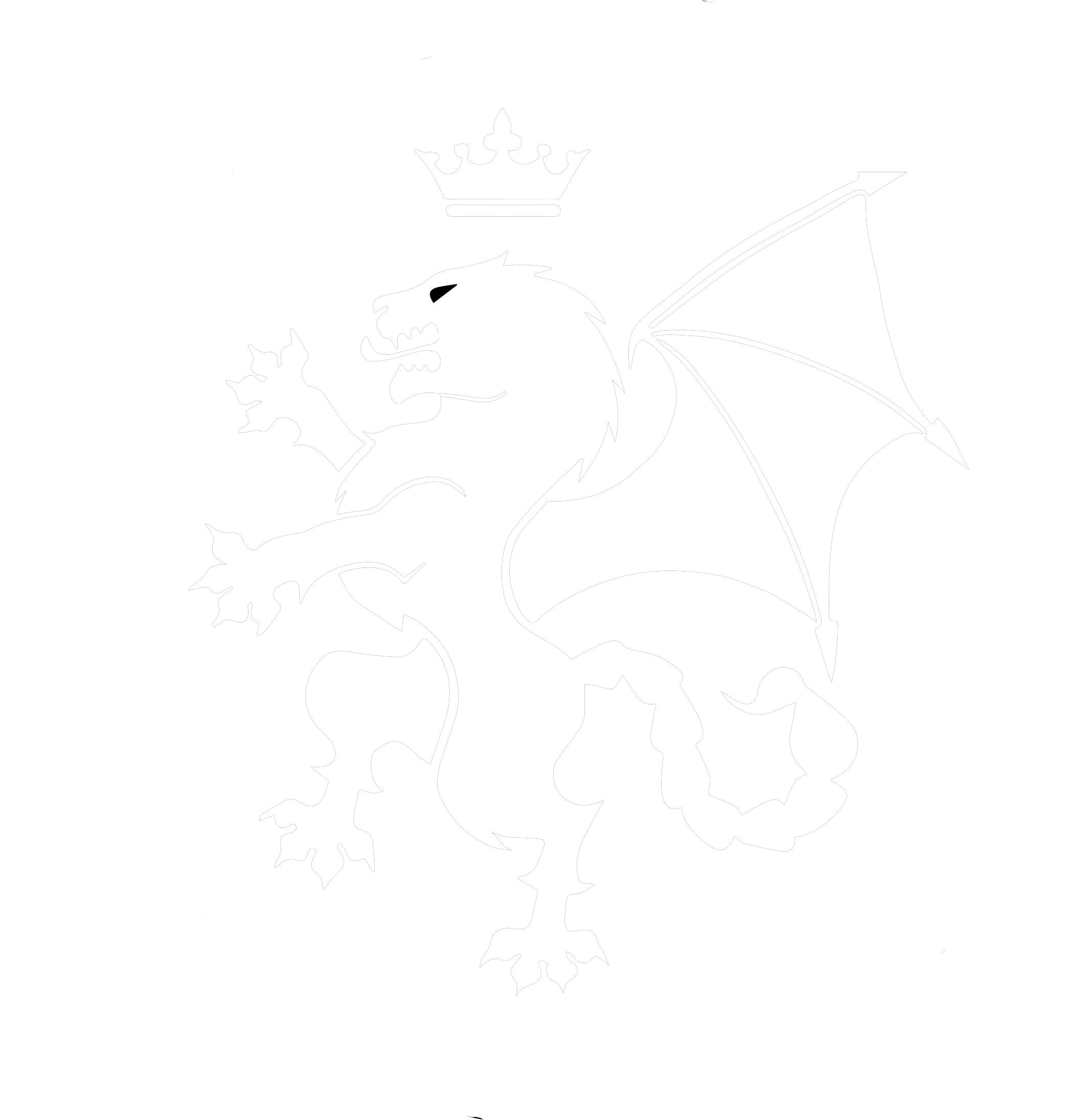Juleigh Howard-Hobson
A folkway that does not grow will either wither or ossify. Withered folkways, alas, are forgotten folkways: the gods of the Neanderthals, the rites of the Etruscans…this knowledge is lost forever (in all probability). Ossified folkways may as well be forgotten ones, for all that is vital about them is gone, leaving a set of rites and ways that no longer have real meanings in the world: yule logs, gesundheit, lucky number seven….very familiar terms, but with meanings understood by only a few.
A folkway must grow and keep growing if it is to be alive and keep alive throughout the generations of folks whose ways it reflects. From the Eddas of the Norse to the Kojiki of Japan, the origins of ancient ways have been preserved. Due to the fact these were put down in writing years after they occurred, (the Eddas were written down in the 1200s, the Kojiki in the 700s) and additionally, that new folkway origins were not added to these codified manuscripts, there is a tendency to see folkways not as ways but as ‘once ways’.
There is a tendency to not realise that this is happening now.
But it is. The folkways are alive and well, bringing forth new growth so well hardly anyone is aware of it. Which is as it should be – we are, after all, living in legendary times ourselves.
Seeing as I am Heathen, I’ll use my own folkway as an example, but these principles apply to every folkway humanity possesses.
The word Asatru is a perfect illustration of an ancient folkway’s modern flourishing a new word made from two old words: Asa (the Gods) and Tru (faith). Norwegian composer Edward Grieg coined the term in 1870 for his unfinished opera “Olav Trygvason”—calling a section of it “Evige Asatro” Eternal Asatru. It feels very much as if the word were always in existence, indeed it will probably be news to a few people reading about it here that it wasn’t always with us. Until it became with us.
The Armanen Runes are another facet of our folkway that did not become a facet until Guido Von List published Secrets of the Runes in the early twentieth century. The runes and their meanings came to Von List mystically, following an eye operation which left him blinded for a period of time. In the darkness, the folkways gave forth 18 ‘new’ runes, based on Odin’s Rune Charm, from the Havamal. Some folks hate them, some love them; by 1955, using the Armanen Futhork was an established custom in occult and esoteric circles worldwide. These days, there is hardly a rune book or magical divination system that does not at least make mention of them.
Trollcrosses are a third modern piece of the folkways that may surprise some readers. Sold across the internet as faithful replicas of amulets carried by the Vikings, these iconic crossed over loops of iron were first forged in Gotland by a smith named Kari Erlands in the 1990s. The Trollcross is the result of traditional design (a stylised Odal rune—which means, among other things, ancestry and traditions), traditional folklore (iron repels creatures from the otherworld) and traditional folkloric reasoning (trolls should be repelled). I have had one for years now, and it works: I live in Bigfoot country (it’s been considered that Bigfoot might be a troll)…I have had no trouble at all with hairy co-inhabitants…although people around here have. Erlands’ amulet is part and parcel of the folkways it just isn’t ancient.
Our folkways are not static, our old ways and our modern ways are not at opposite ends of linear time indeed, time spirals and so do our ways. Never jarring, never changing, but always growing…like a tree anchored eternally, eternally alive.

